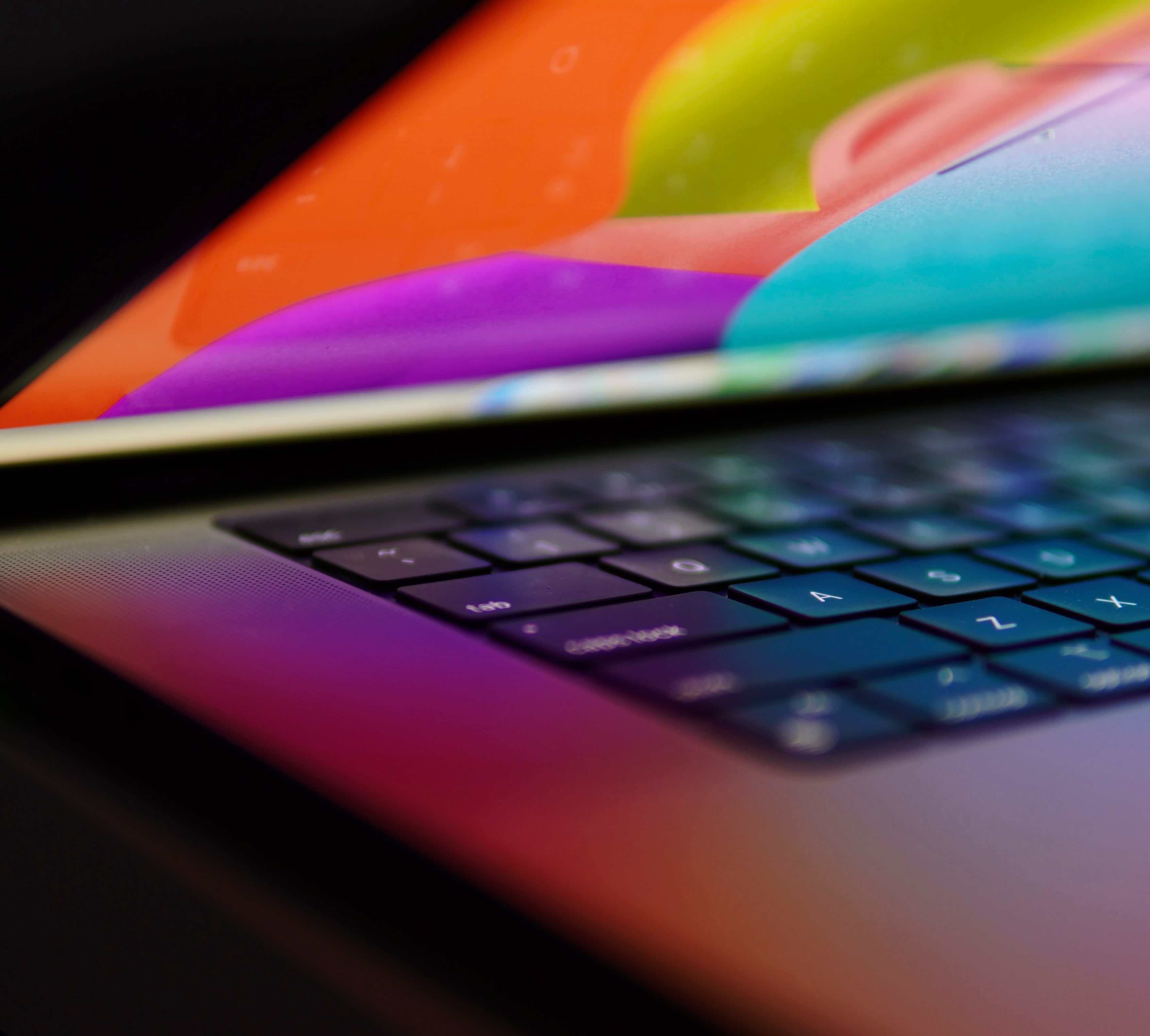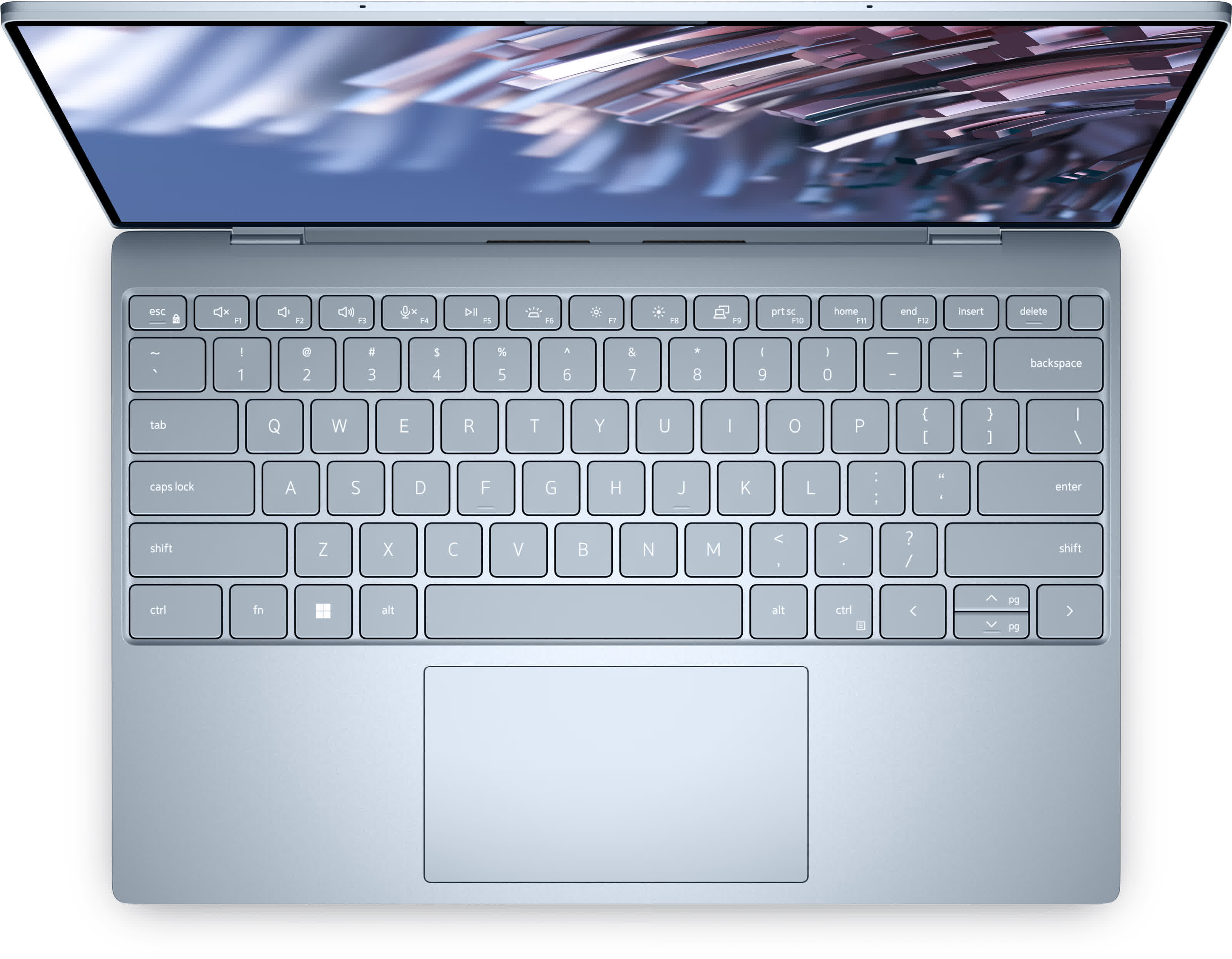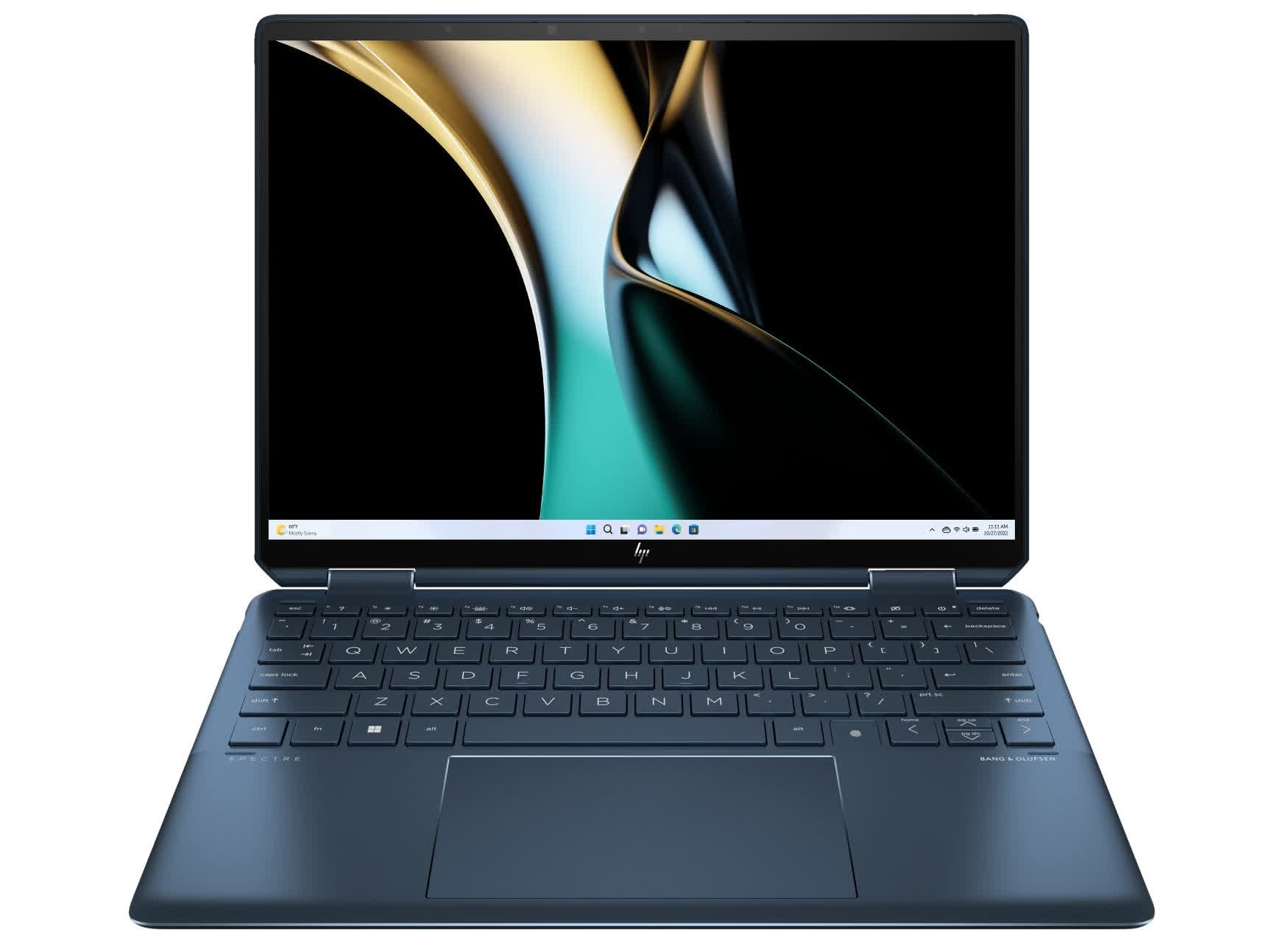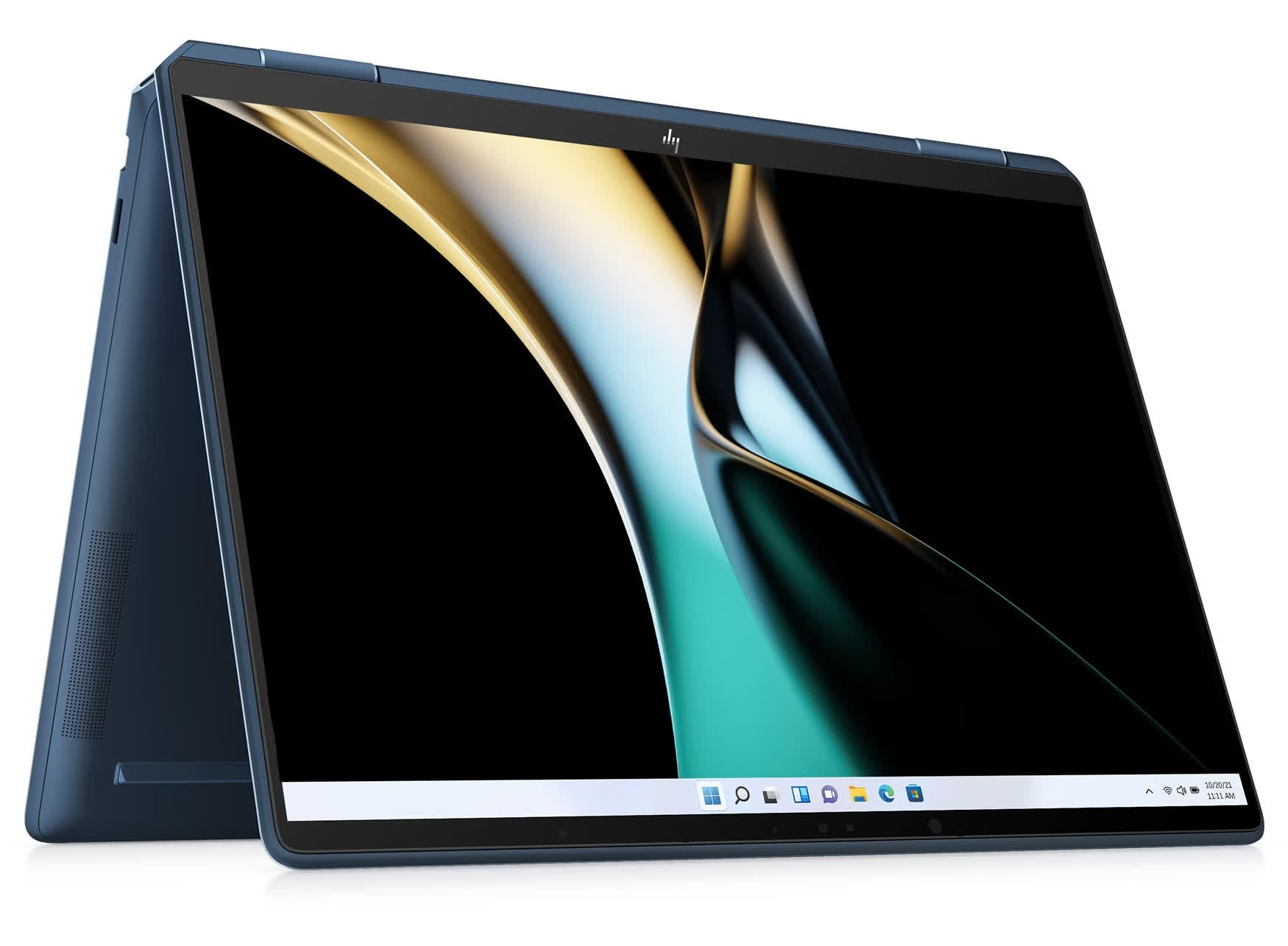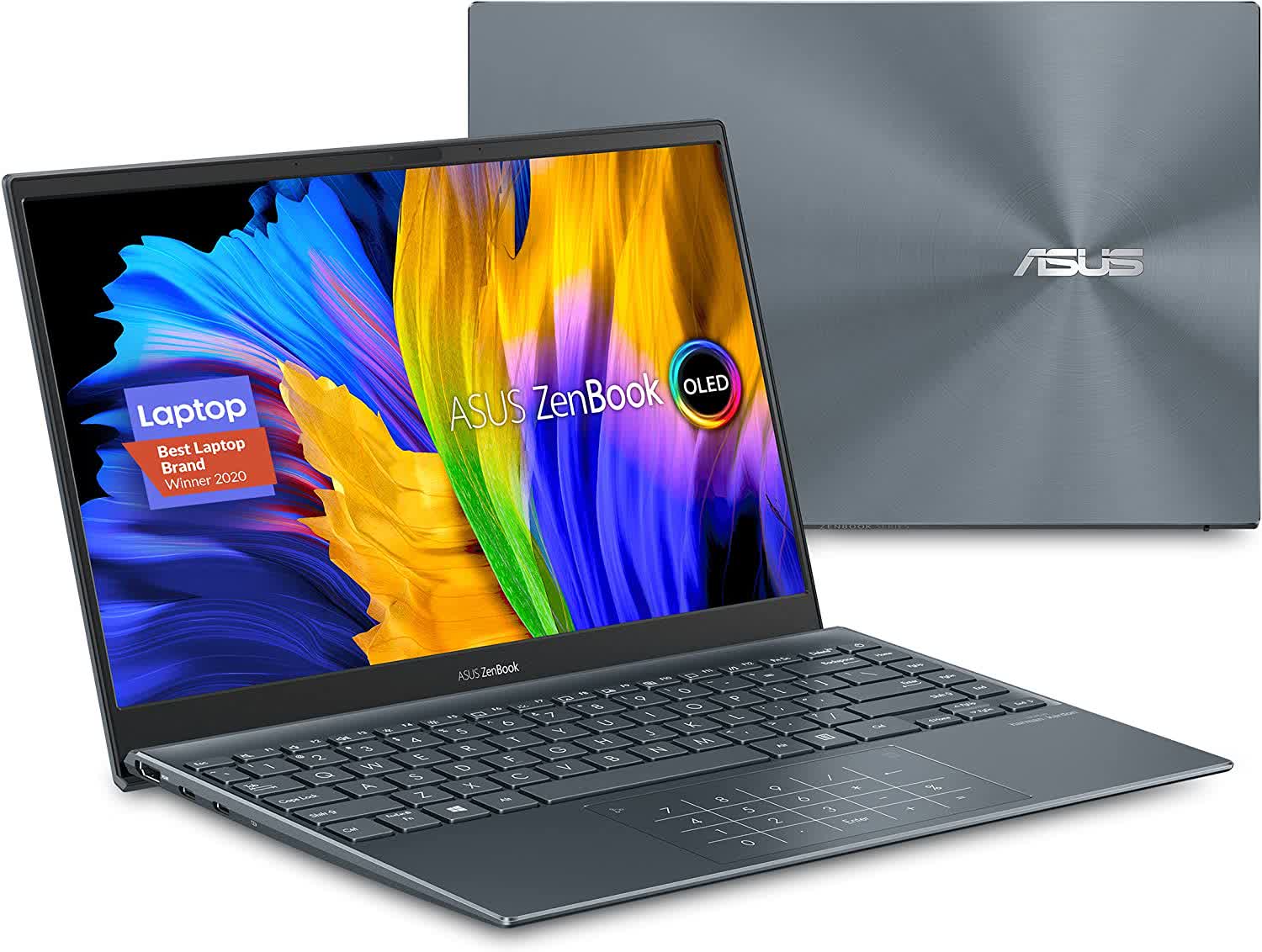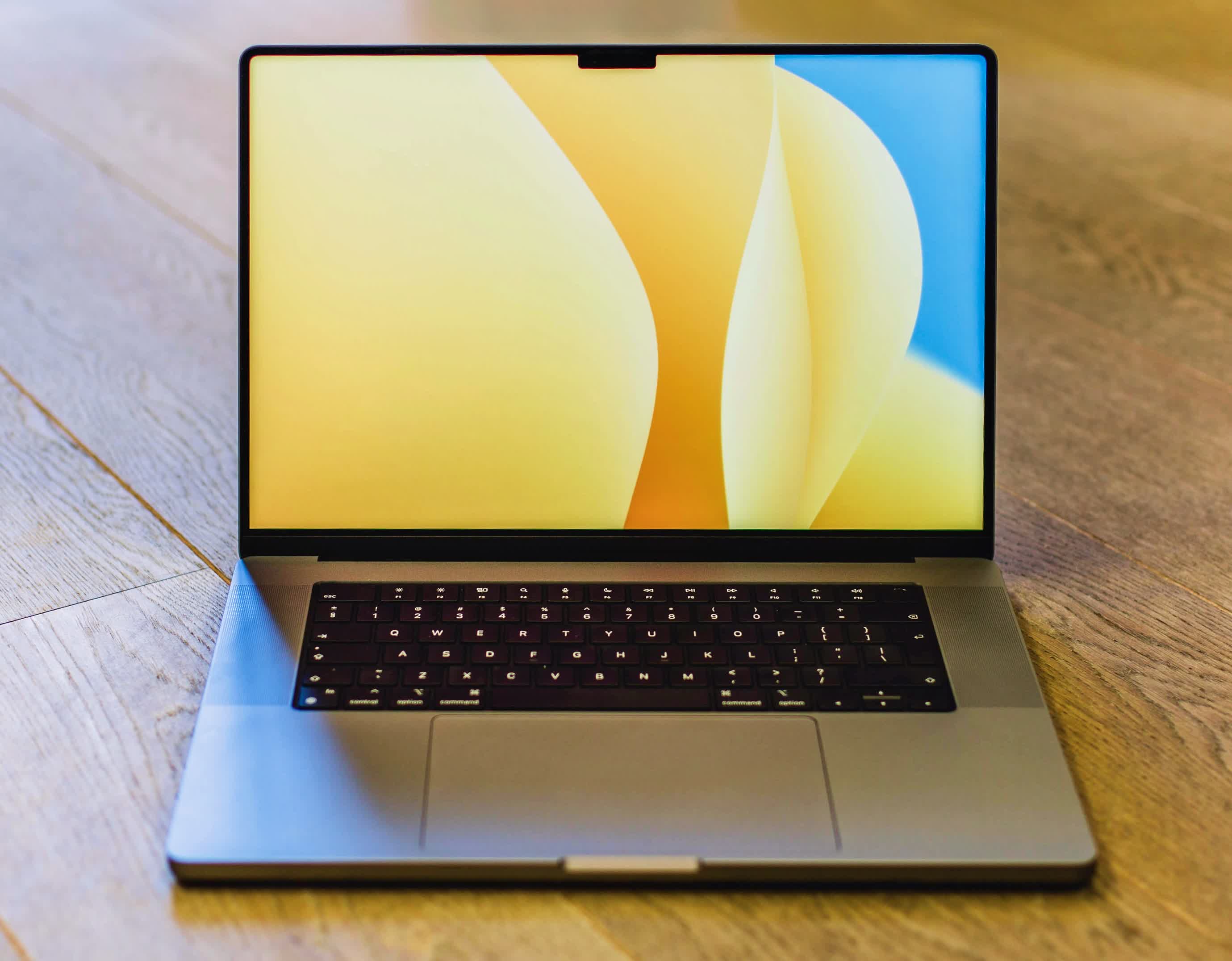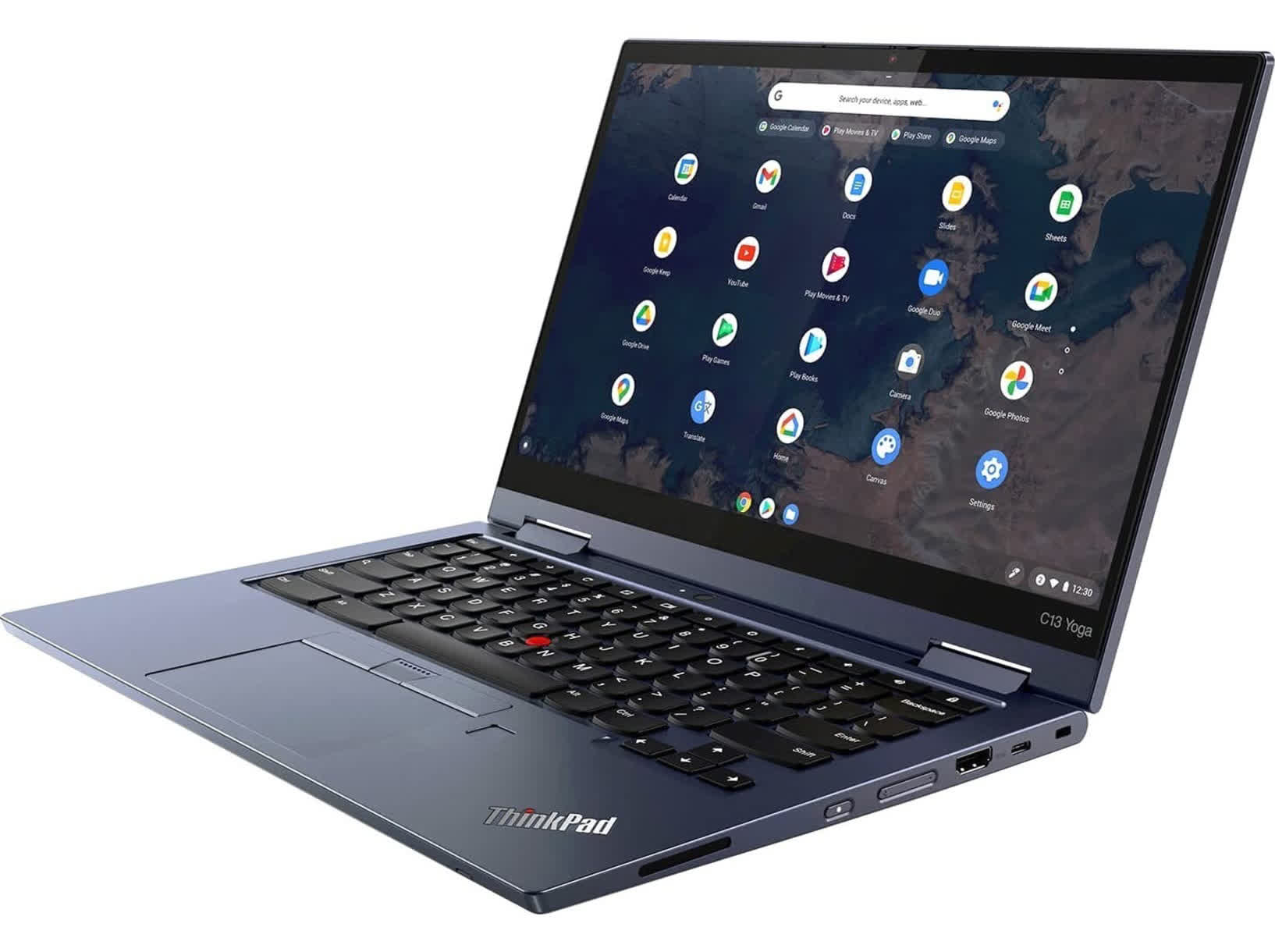See our latest update to this buying guide: The Best Laptops
The sheer number of laptop models available today is mind boggling. To help you pick a potential buy, we've narrowed down some of the best portable machines on the market right now, from high-end Windows and Apple devices to budget options.
This buying guide looks at different laptop categories, including ultraportables and productivity-focused models. It includes some of the latest iterations of regular favorites alongside all-new entries, as well as the top picks from our best gaming laptops and best Chromebooks features.
- Best Ultraportable
- Best Windows Ultraportables
- Best Budget
- Best Productivity
- Best Gaming Laptops
- Best Chromebooks
Best Ultraportable
Apple MacBook Air 13 M2

Want the best ultraportable on the market? Get a MacBook Air M2. Apple has been on a roll with their laptops in recent years, and the latest iteration of the Air is regularly voted today's best all-around laptop for everyone; it's easy to see why.
Apple somehow managed to shrink the MacBook Air down by a further 20% in the latest revision, making the flatter redesign just 0.44 inches thick, with a weight of 2.7 pounds.
The 13.6-inch True Tone display (2560 x 1664, 500 nits) is bright, colorful, and a real highlight. There's also a MagSafe 3 connector for charging, Touch ID, impressive speakers, and a full-height scissor-switch keyboard that typists will love. You also get a 1080p webcam in the admittedly divisive screen notch.
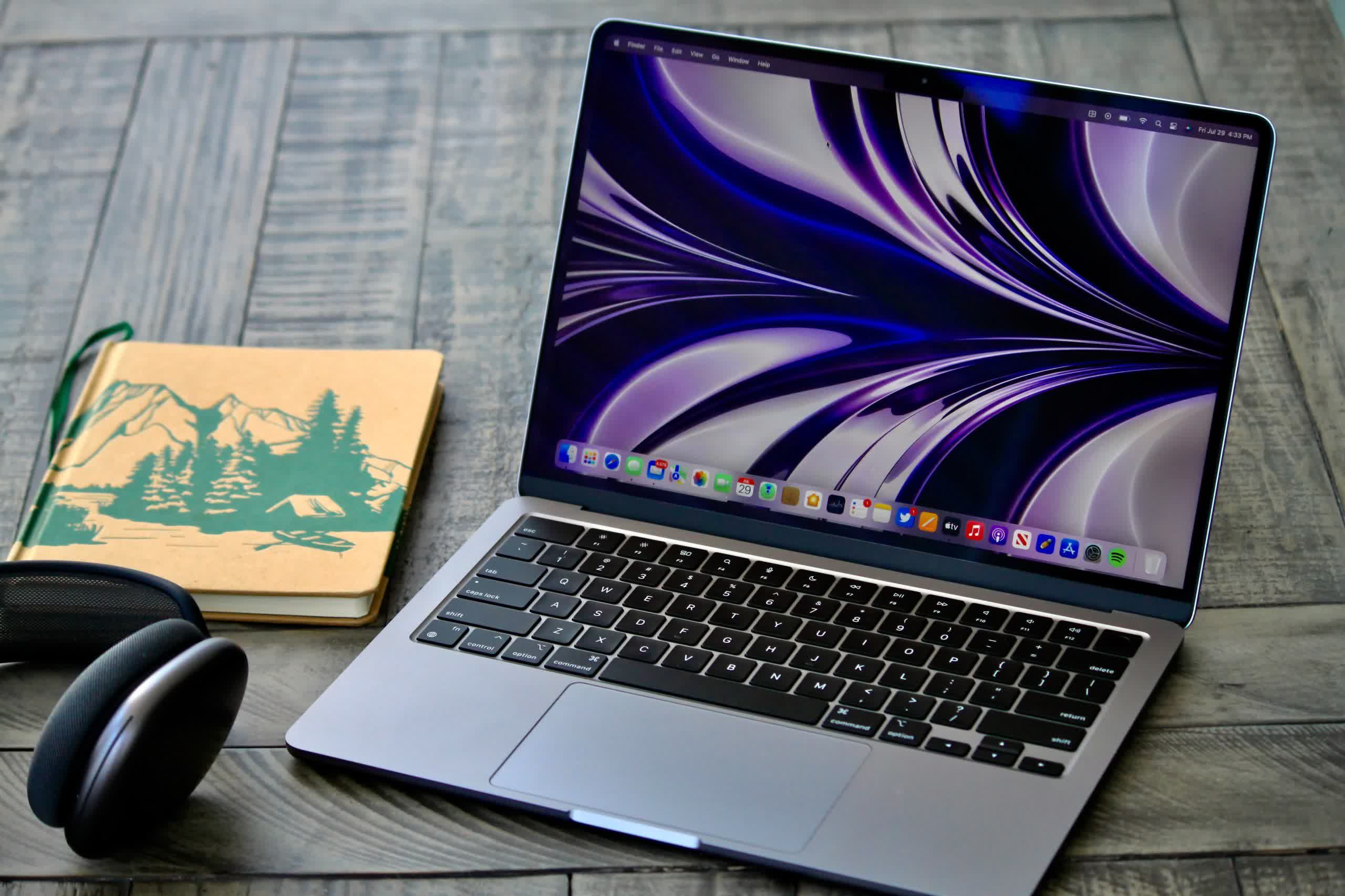
One area where the MacBook Air has the likes of the Dell XPS 13 and many others really beat is performance, thanks to the Apple silicon powering it. The M2 chip, with its 8 CPU cores and 8/10 GPU cores, is still powerhouse, leaving similarly priced Windows machines trailing; Apple says it's 1.4x more powerful than M1. It's also a highly power-efficient SoC, offering amazing battery life.
If you want to get the absolute most from the machine, the MacBook Air M2 can be specced with up to 24GB of memory, as well as 2TB of storage (8GB / 512GB comes standard). At $1,200 for the base model, the MacBook Air is pricier than it used to be and more expensive than some of the Windows competition like the Dell XPS 13. As with that Windows PC, the Air also comes with a measly two Thunderbolt / USB 4 ports, and not everyone is a fan of the notch or macOS. Nevertheless, the MacBook Air M2 remains the one to beat in this category.
Want to save some money at the expense of a minor performance hit? Try the MacBook Air M1, which Apple is selling from $999 (Amazon often has it cheaper).
Windows users looking for a fantastic ultraportable should check out Windows laptop category below.
Best Windows Ultraportables
Dell XPS 13 | HP Spectre x360 14

There's a standout winner when it comes to the best ultraportable laptop for Windows users: the Dell XPS 13 ticks all the right boxes once again. On its latest iteration, the XPS brings a few new bells and whistles to the party, but it's still the beautiful design that's likely to attract people and for a price that falls well below $800, depending on the configuration.
The new XPS 13 replaces the carbon fiber palm rests with an aluminum keyboard deck and comes in a new Umber color option – a light purple/grey hue. The build quality of the slimline and sturdy chassis is superb, despite it weighing just 2.59 pounds.
The Dell XPS 13 still has one of the best keyboards of any laptop, almost all-day battery life from the 51Wh unit, and a productivity-focused 16:10, 500 nit infinity edge display (1920 x 1200, 60Hz) surrounded by thin bezels with the option of touch functionality.
Specs-wise, Dell's laptop comes with either an Intel Core i5-1230U or Core i7-1250U (both 10-core/12-thread), up to 32GB RAM, and 1TB of storage. There's also a fingerprint reader, 720p IR camera, Wi-Fi 6E, Bluetooth 5.2, and two USB-C Thunderbolt 4 ports. No 3.5mm port, but you do get a USB-C to 3.5mm headset adapter. Buyers also get the option of choosing Ubuntu rather than Windows as the OS.
The XPS 13 starts at just $799 (with current deals cutting that down further), making it a brilliant choice for those after a gorgeous, lightweight, well-priced machine that's powerful enough for work and study. If you want a bit more power and the option of a 3.5K or UHD+ screen, you could opt for the more expensive Dell XPS 13 Plus. The limited port selection and redesign might not be to everyone's tastes, but this remains the best Windows laptop and a strong rival for the pricier MacBook Air.
An Excellent Alternative
HP Spectre x360 14
The HP Spectre x360 13.5 is not only one of the best laptops you can buy, it's also a fantastic option for those looking for a thin and light 2-in-1 machine. The Spectre x360 has a premium design that can rival any other. The CNC-machined aluminum body with its port-packed cut corners is very stylish, making it stand out from the many other 2-in-1s and convertibles out there.
The 13.5-inch, 3000 x 2000-pixel (3:2 aspect ratio) OLED display is bright and vivid – a blessing when using the 360-degree hinge to turn it into a tablet. As part of the package it also includes a rechargeable stylus that attaches to the side of the display, iPad-style.
You also get two Thunderbolt 4 ports, a headphone jack, Intel Wi-Fi 6E, Bluetooth 5.2, Bang & Olufsen speakers, a high-resolution webcam, and, unlike, some other laptops, a USB Type-A port. It's bundled with a USB-C hub, adding two more USB-A ports, an HDMI port, and a USB-C for pass-through charging.
On the inside, it comes with an Intel Core i7 CPU (up to 13th-gen), 16GB of RAM, a 1TB SSD, and a 66 WHr battery that will last all day. No option for a dedicated graphics card and a $1,249 starting price are about the only negatives with the Spectre x360, a laptop that excels in multiple areas.
Probably the only other Windows laptop able to compete with the XPS 13 and Spectre x360 is the Lenovo Yoga 9i Gen 7, another 14-inch 2-in-1 with a stunning OLED display. It might have a few more spec options than the Spectre x360, but it can't match the HP model's battery life and beautiful design. It also has a higher starting price.
Best Budget Laptops
Acer Swift 3 | Asus ZenBook 13 OLED

It's important to be careful when picking a budget laptop, as there's a price threshold where anything below is guaranteed to be a potato. The Acer Swift 3, however, is a rare exception to that rule. There are several spec options to pick from: 11th or 12th-gen Intel i5 or i7; Ryzen 5 5625U or Ryzen 7 5700U – but the Acer Swift 3 starts as low as $568 when packed with the Core i7-1165G7.
That price gets you a 14-inch 1920 x 1080 IPS screen. Paying a bit more boosts this to a 2560 x 1440 option, or a 13.5-inch 2256 x 1504 (3:2 aspect ratio) display, though all three are nice and bright. The Swift 3 also has a sleek and lightweight aluminum chassis. This makes it ideal for students, as does the all-day battery life and solid performance.
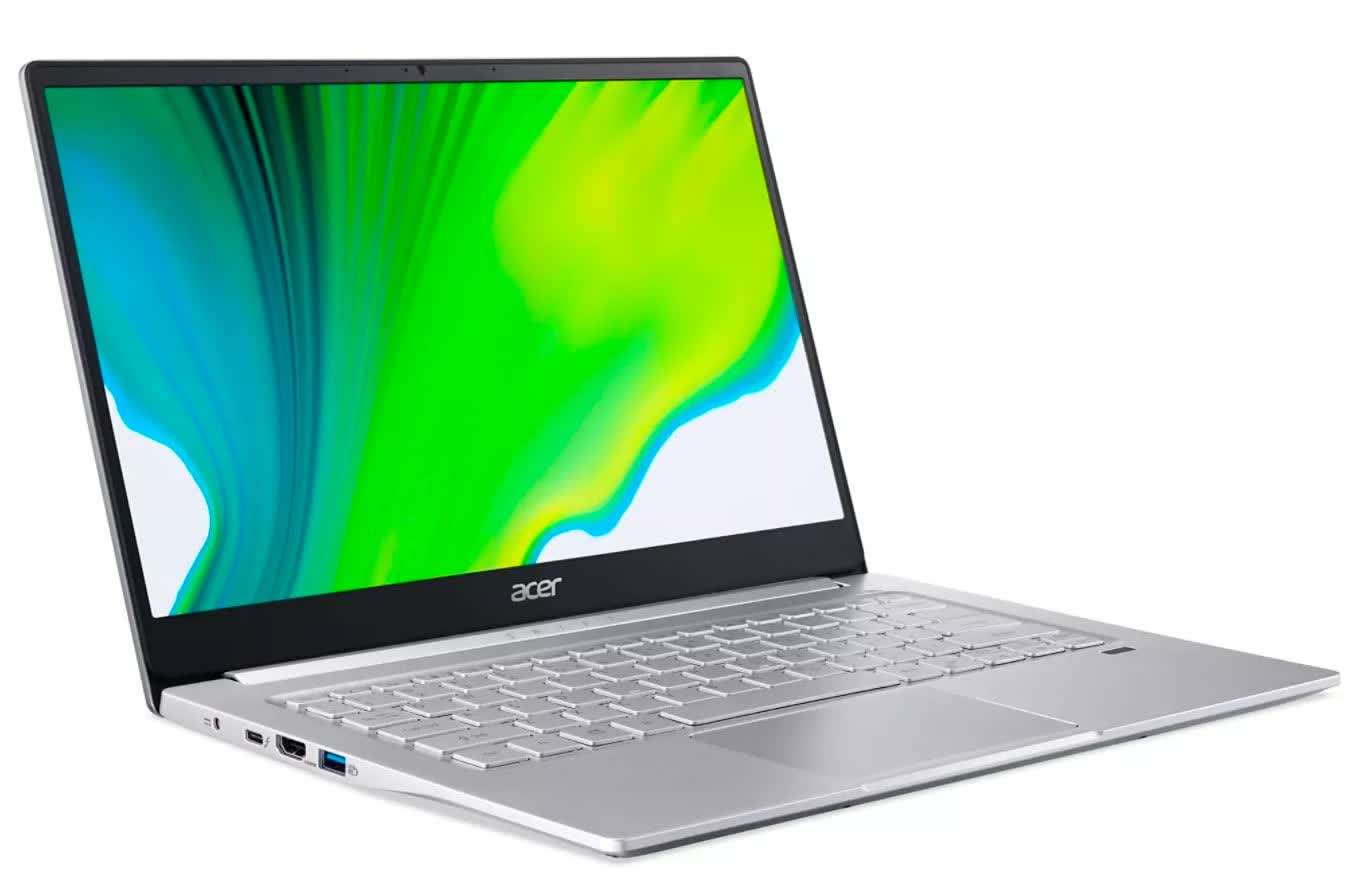
The Acer even packs a USB Type-C port with Thunderbolt 4 support and a fingerprint reader, which is a surprise at this price range. Elsewhere, there's one USB 3.2 Gen 1 port, one USB 2.0, and an HDMI input. Some models also come with Bluetooth 5.2 and Wi-Fi 6E.
The Swift 3's looks might not make it stand out much, and you're not getting an award-winning keyboard, speakers, or webcam, but you'll struggle to find a better laptop at this price range. Ultimately, it's a great machine for those on a tighter budget.
OLED Alternative, on a Budget
Asus ZenBook 13 OLED
If you want a laptop with an OLED display at a budget price, check out the Asus ZenBook 13 OLED, which is currently available for just $708 on Amazon. This is another great device for those after something thin (0.5 inches) and light (2.5 pounds). The laptop's 8-core Ryzen 7 5700U CPU is a capable performer, and it comes with HDMI 2.0b, USB 3.2 Type-C, and USB 3.2 Type-A. No Thunderbolt, though.
There's also a built-in IR camera, durable chassis, ErgoLift hinge, backlit keyboard & number pad, and long battery life, but the highlight is the OLED screen, which offers 100% DCI-P3 and 133% sRGB color gamut coverage along with the usual benefits of OLED, such as perfect blacks.
Best Productivity Powerhouse
Dell XPS 17 | Apple MacBook Pro 16

If you want a laptop that's all about productivity, then a big screen and lots of power are essentials. The Dell XPS 17 meets both those criteria while adding plenty of other compelling extras. And while it might be big, it's not hefty.
Buyers can pick between a standard 1920 x 1200 or a stunning 3840 x 2400 touch display. Both 60Hz screens come in a productivity-focused 16:10 aspect ratio that reaches 500 nits and is anti-reflective (FHD+) or anti-glare (UHD+). Combined with the tiny bezels, this InfinityEdge display looks even bigger than 17 inches. The UHD+ screen covers 100% of the sRGB gamut and 95.2% of DCI-P3, making it ideal for content creators.
It's also a beautiful-looking laptop, with its CNC-machined aluminum chassis and carbon fiber palmrest. But despite the size and power, it measures less than 0.7 inches thick and weighs as little as 4.7 pounds.
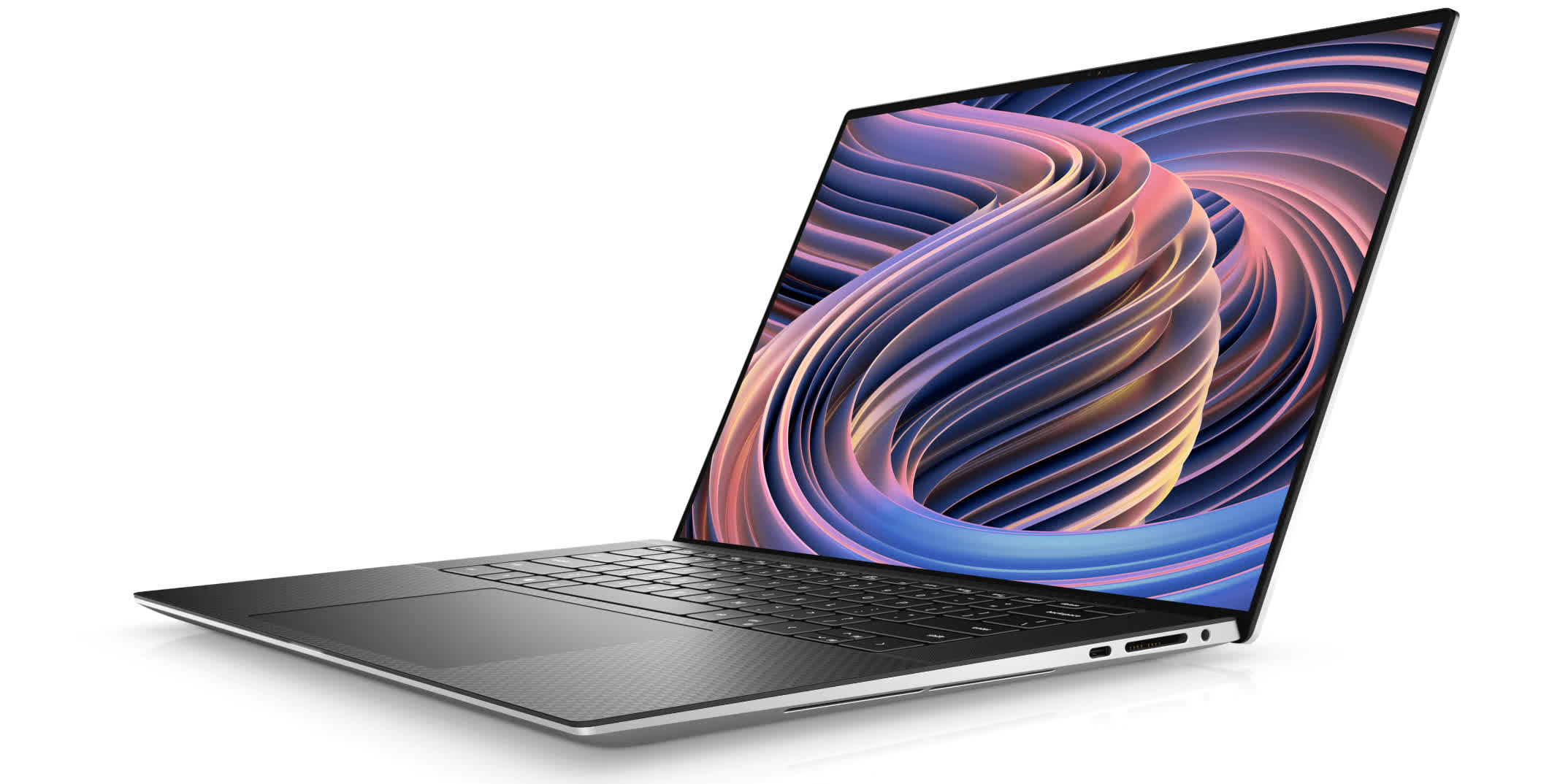
The latest Dell XPS 17 can be specced up to a 13th-gen Core i9-13900H, 64GB of DDR5-4800MHz, and 8TB of M.2 PCIe NVMe storage, which should burn through any workload (and wallet). You can also add dedicated graphics that goes all the way up to the RTX 4080.
Dell's machine comes with a 720p webcam with support for Windows Hello facial recognition and the usual top-quality keyboard found on all XPS. Ports comprise four Thunderbolt 4 inputs, a 3.5 mm headphone jack, and an SD card reader – there's a USB-C to USB-A & HDMI adapter in the box, too. It boasts stunning quad-speaker audio, Wi-Fi 6, and Bluetooth 5.2 as well.
That much power and the screen size mean the battery isn't the Dell XPS 17's standout feature. And if you want the 13-gen CPU and an RTX 4080, be prepared to hand over at least $3,299. But you get what you pay for.
The Apple Alternative
Apple MacBook Pro 16
It's difficult to choose the best feature of the Apple MacBook Pro 16. There's the breathtaking XDR mini-LED display that boasts a 3456 x 2244 resolution (254 ppi) and Apple's ProMotion adaptive refresh rate of up to 120 Hz. It's incredibly bright and color-accurate, making it great for content creators, content consumption, and general productivity tasks.
Many call the MacBook Pro 16 the best mobile video editor you can buy, thanks to features like ProRes hardware acceleration, a fast GPU, and relatively low power consumption, which allows for near-silent use while editing.
Then there's the internals. The M2 Pro SoC with its 12-core CPU, 19-core GPU, and up to 32GB of unified memory can leave many Windows laptops in the dust when it comes to performance (especially when you use accelerated tools). And if you plan on doing some heavy video editing or 3D rendering, there's the M2 Max, which offers up to 38 GPU cores, up to 96GB of unified memory, and 400GB/s of memory bandwidth.
It also comes with Apple's usual stylized looks, a great keyboard, a massive trackpad, and unrivaled battery life. Moreover, there are three Thunderbolt 4 ports, one HDMI, and one SDXC.
The MacBook Pro 16's webcam notch can still put people off, and with a $2,499 starting price for the M2 Pro and $2,699 for the M2 Max, it's priced for professionals. It's also pretty big, but you could always save a bit of money and shave off some size by opting for the MacBook Pro 14.
Best Gaming Laptops
Razer Blade 15 | Asus Zephyrus G15
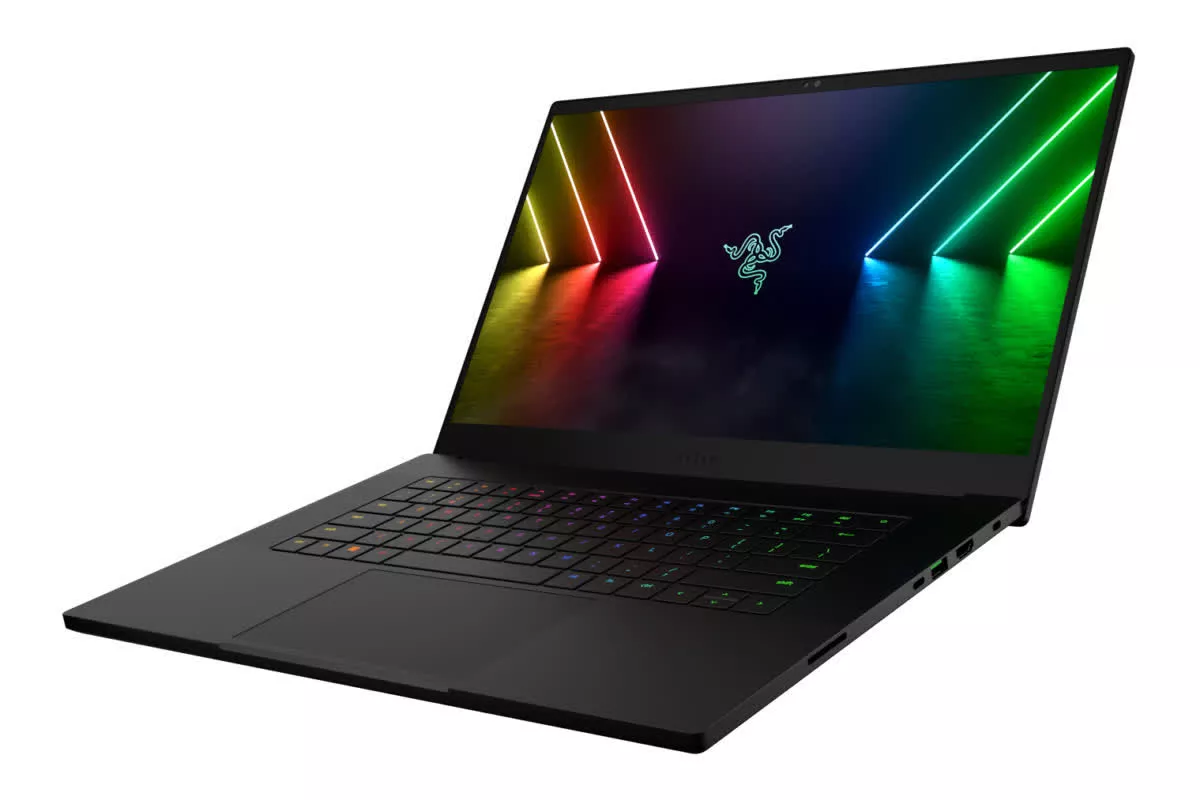
Pro Tip: We have a dedicated guide for the best gaming laptops that include more models, budget choices, AMD-powered laptops, thin and light gaming systems, and desktop replacements.
For the second year in a row, the Razer Blade 15 and Asus ROG Zephyrus G15 receive the top mention for the best gaming laptops overall. Both are stunning machines, so picking between them is really a matter of personal choice, but we really love the look and feel of the Blade 15, as well as the multitude of spec options.
Razer has streamlined its laptop selection by removing the more expensive 'Advanced' models, leaving buyers with the option of the Blade 14, 15, and 17. The middle size is our favorite due to its combination of screen real estate, weight, and power.
Razer hasn't heavily altered the design of the Blade 15 over the years, but why change something this premium and stylish, we like it. The sturdy all-black anodized CNC aluminum chassis ooze the sort of quality that will grab the attention of any bystanders, it's also pretty slim and light for something so powerful.
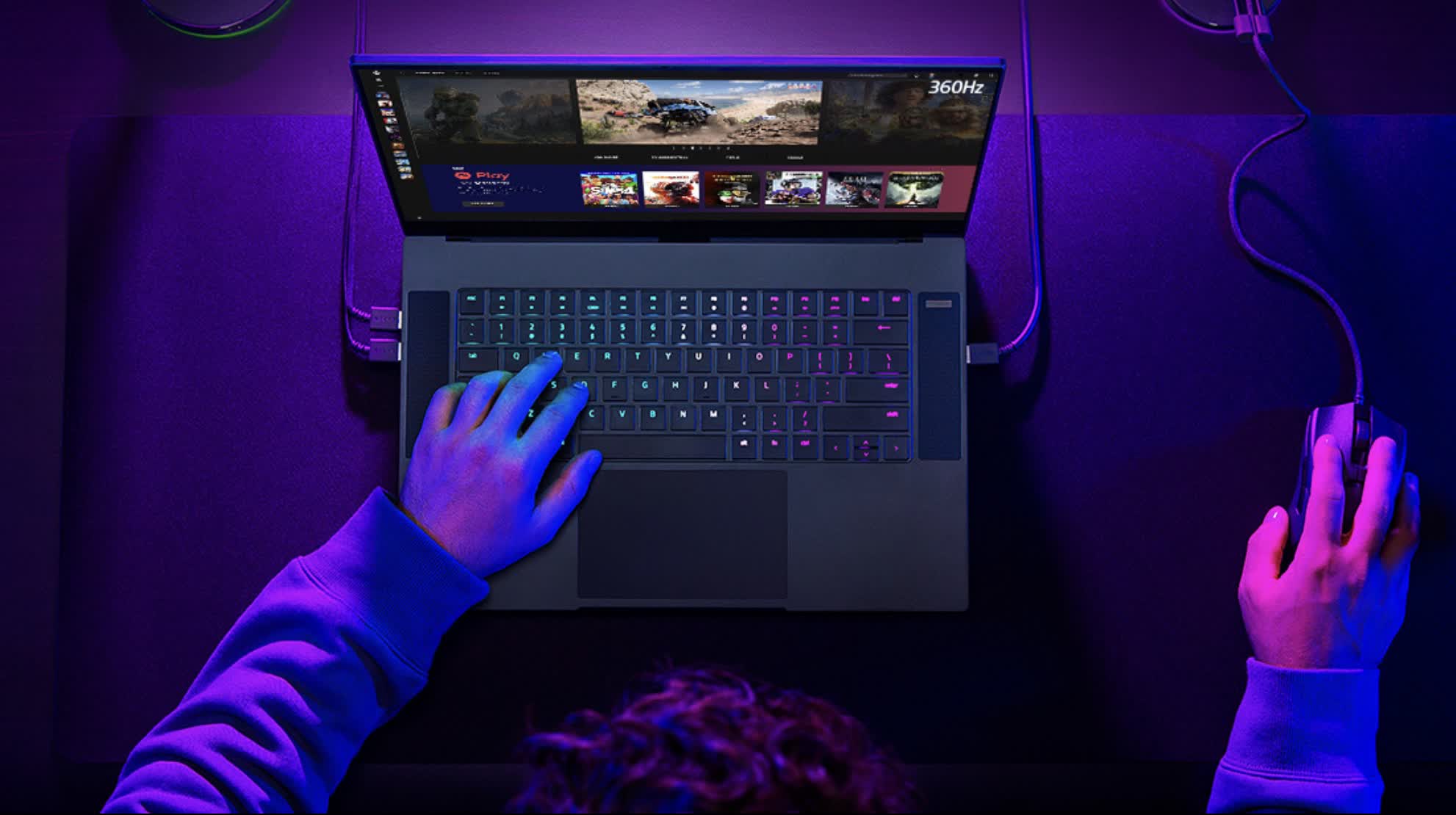
Razer offers a wide selection of specs for the Blade 15. The base model (currently $1,549) packs a Core i7-11800H, 16GB of RAM, an RTX 3060, and a 144Hz Full HD display, which should be enough to satisfy many gamers, but spend more and you have the option of an RTX 3070/3070 Ti/3080 Ti, Core i9-12900H, up to 4K resolution, and up to a 360Hz refresh rate. As a gaming machine, this is a competent desktop replacement.
Razer also offers plenty of bells and whistles in the Blade 15, including per-key backlighting, factory-calibrated displays, 1080p IR Hello webcam, and upward-firing speakers with THX audio. The port selection comprises one Thunderbolt 4, two USB-C 3.2 Gen 2 with power delivery (15W), and three USB A 3.2 Gen 2 ports.
Razer has a reputation for pricing its products in a way that would rival Apple (in a bad way) and the Blade 15 is no different: a middle-of-the-range model with a Core i7-12800H, RTX 3070 Ti, and 240Hz QHD screen is $3,000. You might also find the battery life isn't on par with some rivals. Nevertheless, the Blade 15 is a great gaming laptop with looks to match its performance.
A Top AMD Alternative
Asus ROG Zephyrus G15
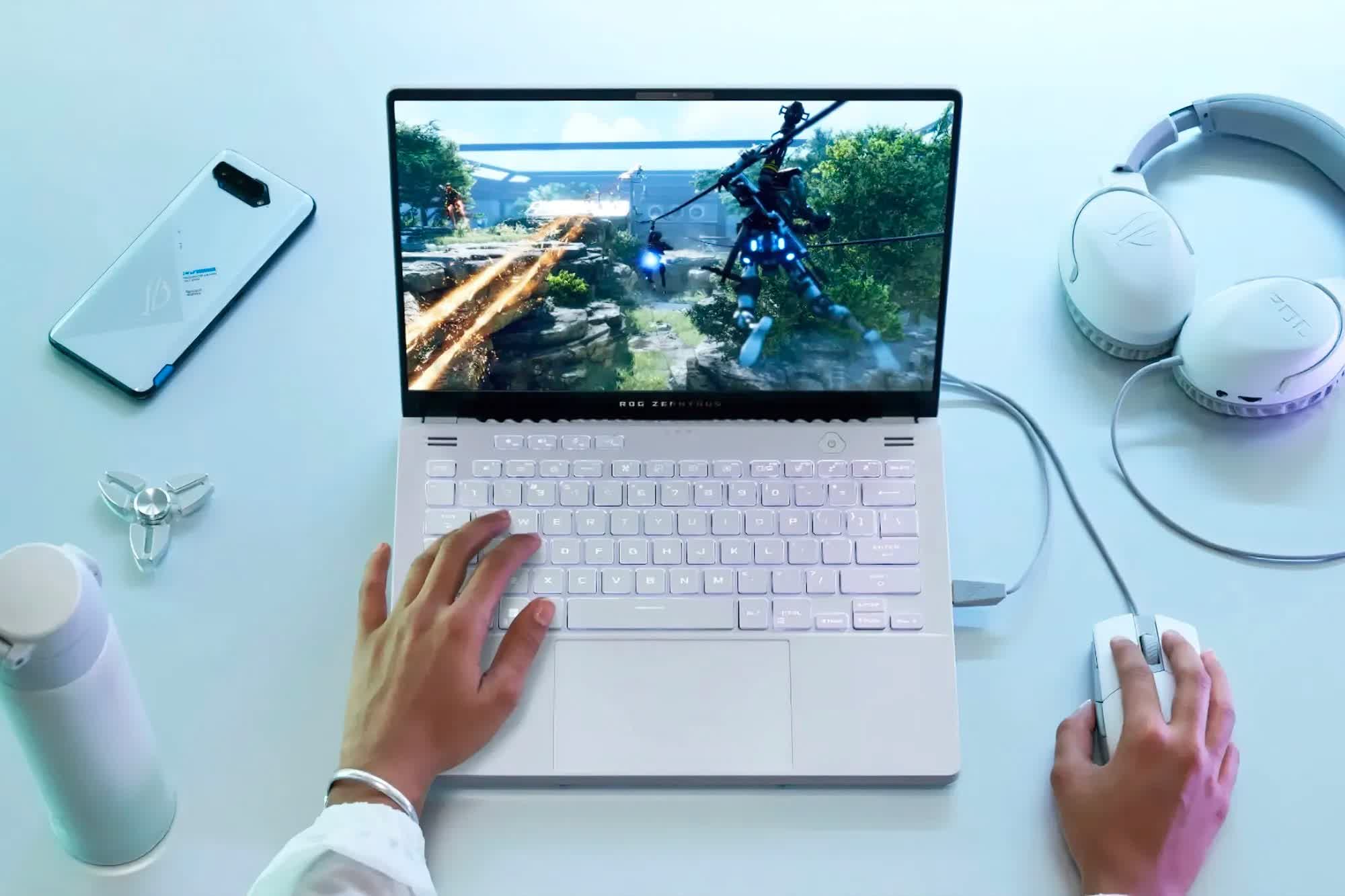
If you're a fan of the Blade's looks and power but want something a little different and with one of AMD's processors, the Asus ROG Zephyrus G15 is an excellent alternative. With a similar mixture of sleek looks and a light body (4.3 pounds) when compared to the Razer, the Asus adds the advantage of longer battery life.
All Zephyrus G15 models come with AMD 8-core, 16-thread Ryzen 9 6900HS CPUs and can be specced up to an RTX 3080. You can also choose 1080p or 1440p displays and refresh rates up to 300Hz.
One of the main differentiating features between the Zephyrus and Blade is the former's ErgoLift 180-degree hinge that raises the keyboard slightly off a surface when the lid is open, helping it stay cool. It also looks pretty impressive when opened, complementing the backlit chiclet keyboard with RGB.
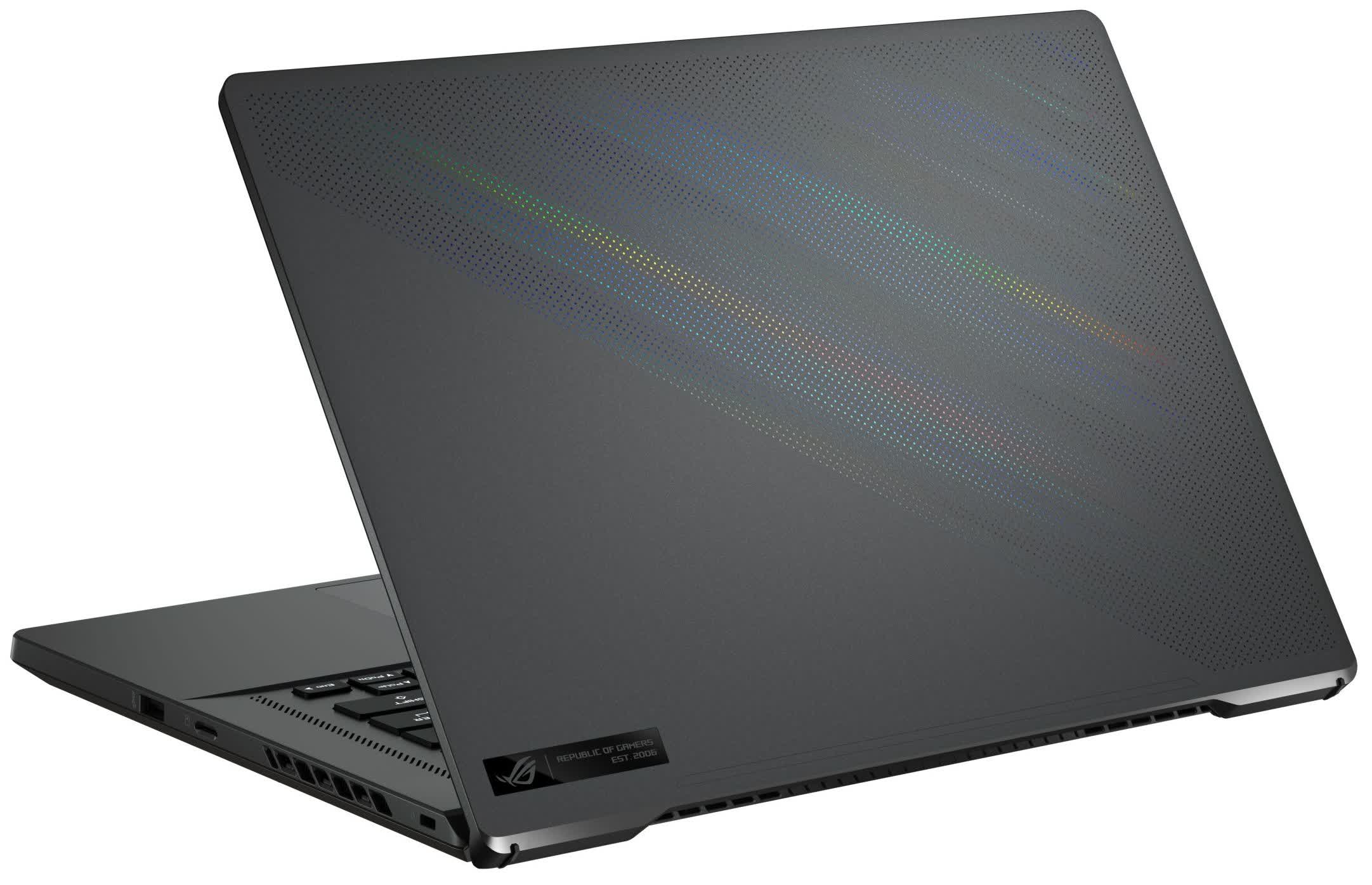
Battery life is often the Achilles heel of gaming laptops, but the Zephyrus excels in this department, offering over eight hours of use from a full charge.
Elsewhere, the Zephyrus boasts six speakers with Dolby Atmos, 100% coverage of the DCI-P3 color gamut, a 3ms response time for its IPS screen, Wi-Fi 6E, two USB 3.2 Gen 2 Type-C ports, two USB 3.2 Gen 2 Type-A inputs, one 1x HDMI 2.0b, and a microSD reader. Plus, Asus has finally added a webcam (720p IR).
The Zephyrus has been known to run hot, and it lacks the range of hardware options offered by the Blade 15, but at $2,000 for the RTX 3070 Ti model, Asus has its rival beat when it comes to price.
Best Chromebooks
Lenovo ThinkPad C13 Yoga Chromebook

For users seeking a feature-rich Chromebook without breaking the bank, the Lenovo ThinkPad C13 Yoga is an excellent choice. While the range of configurations available directly from Lenovo's website is somewhat limited, many models from previous years, including those with Ryzen 3000 APUs and Vega graphics, are readily available in stores. This availability often leads to the Yoga 13 being offered at discounted prices.
The specifications of the basic versions are modest (dual-core Athlon, 4GB RAM, 32 or 64GB of eMMC storage), but the rest of the package more than compensates. The 13.3-inch 1080p screen is bright and rich in color, with the capability to rotate fully and lie flat against the back of the keyboard. Some models even feature 4K displays, though these come at a significantly higher price.
Classic ThinkPad features are present, such as the red TrackPoint nub in the center of the keyboard. Optional extras include a match-on-chip fingerprint reader and a touchscreen stylus.
Regardless of the version chosen, the device offers an array of connectivity options: four USB 3.2 ports (2x Type-C and 2x Type-A), an HDMI 2.0 socket, a headphone jack, and a microSD card reader.
While opting for every available feature can lead to a higher price, another potential drawback is battery life. However, for those who need a durable, capable Chromebook for on-the-go use, the ThinkPad C13 Yoga Chromebook is an excellent fit. Considering its features and build quality, it represents a compelling value proposition.
